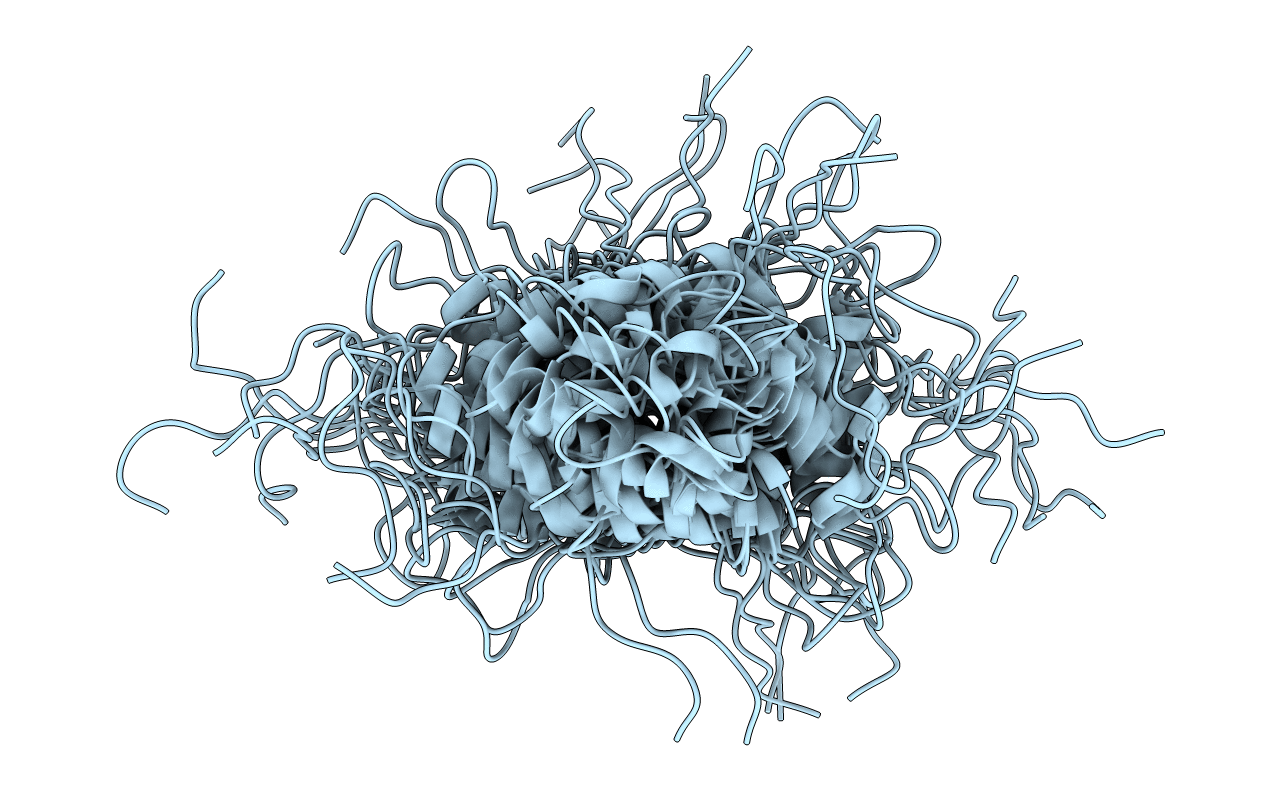
Deposition Date
2000-02-29
Release Date
2000-04-05
Last Version Date
2024-05-22
Entry Detail
PDB ID:
1EJ5
Keywords:
Title:
SOLUTION STRUCTURE OF THE AUTOINHIBITED CONFORMATION OF WASP
Biological Source:
Source Organism:
Homo sapiens (Taxon ID: 9606)
Host Organism:
Method Details:
Experimental Method:
Conformers Calculated:
100
Conformers Submitted:
20
Selection Criteria:
structures with the least restraint violations


